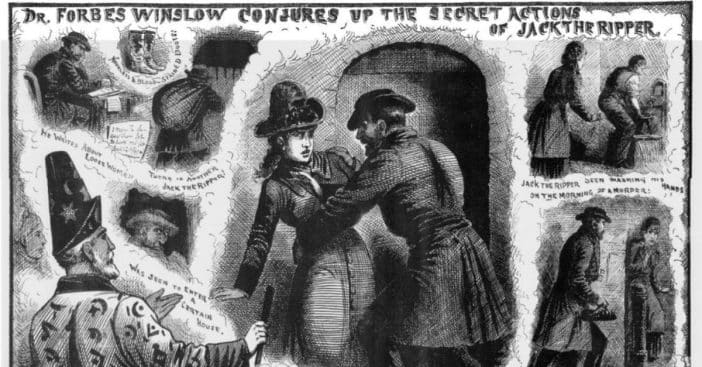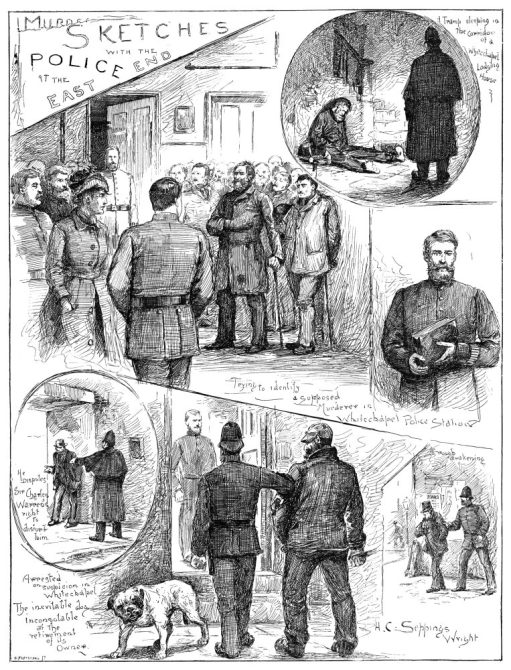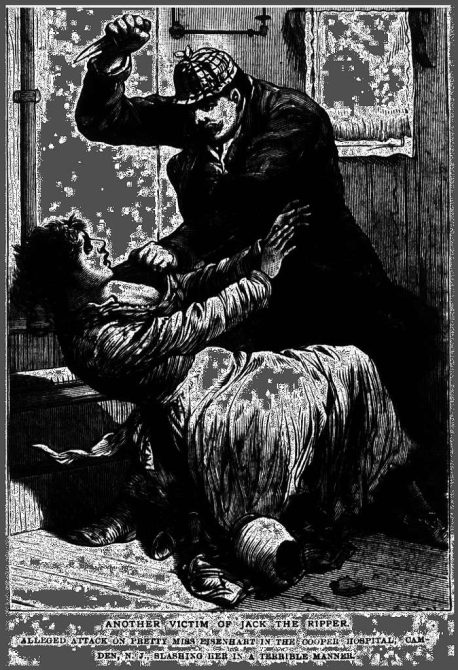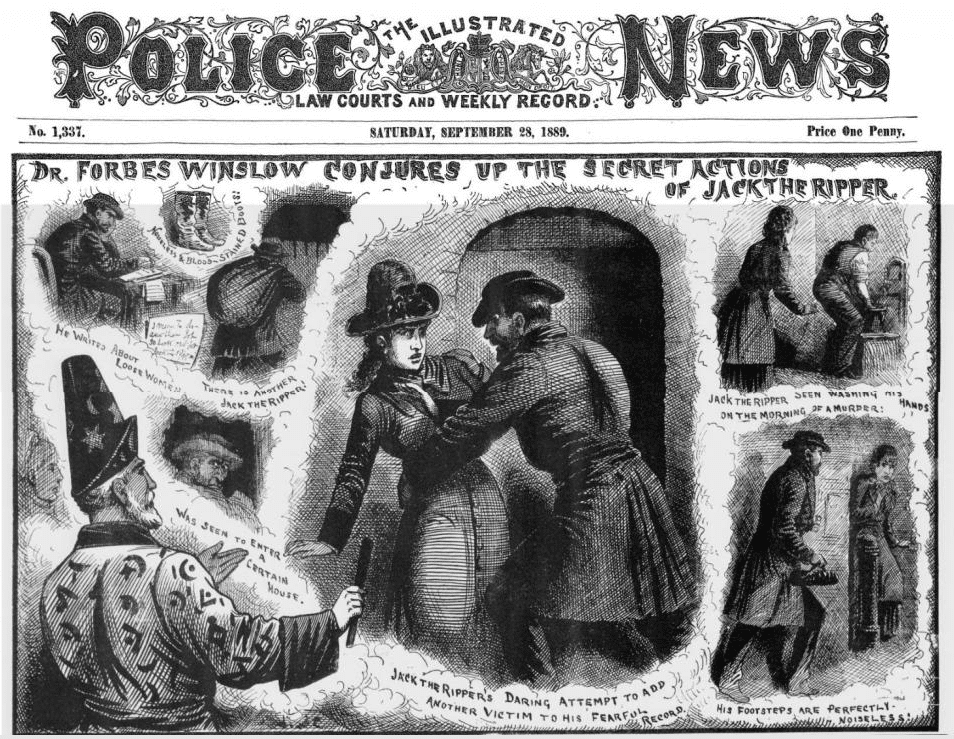
The summer of 1888 cast a chilling shadow over East London’s Whitechapel district, marking a harrowing chapter in history. During this ominous period, the notorious Jack the Ripper terrorized the streets by committing a series of gruesome murders. At least six women fell victim to this enigmatic and sadistic killer. Despite relentless efforts by law enforcement at the time, the true identity of the person behind the pseudonym “Jack the Ripper” remained elusive.
Over the years, this enduring mystery has captured the imaginations of countless individuals, from amateur sleuths to professional historians and criminologists. Various theories and suspects have emerged, and the quest to unmask the identity of Jack the Ripper has become a subject of both fascination and controversy.
A new documentary, ‘Jack the Ripper – The Case Reopened’ intends to unveil the true identity of Jack The Ripper

In light of the recent quest to unveil the identity of the notorious serial killer, Emilia Fox and Professor David Wilson, in a new documentary Jack the Ripper – The Case Reopened, are combining efforts to shed fresh light on the historic investigation, taking advantage of modern technology and their unique expertise.
RELATED: 11 Possible Victims Of Famous Serial Killers
With advances in forensics, historical research, and investigative techniques, there is the potential to uncover previously hidden details or insights that may finally help solve the mystery of Jack the Ripper’s true identity.

Attempts to unravel the identity of Jack The Ripper
The book, One-Armed Jack: Uncovering the Real Jack the Ripper, provided an intriguing theory regarding the identity of the notorious serial killer. Horton, a former police volunteer with a personal connection to the original investigation through her great-great-grandfather, suggested that a man named Hyam Hyams might have been the elusive criminal.

However, one of the most compelling pieces of evidence in Horton’s theory is the timing of the murders and Hyams’ interactions with the law. She pointed out that the brutal killings suddenly ceased around the same time that Hyams was apprehended by the police, and subsequently committed to the Colney Hatch Lunatic Asylum in North London.
